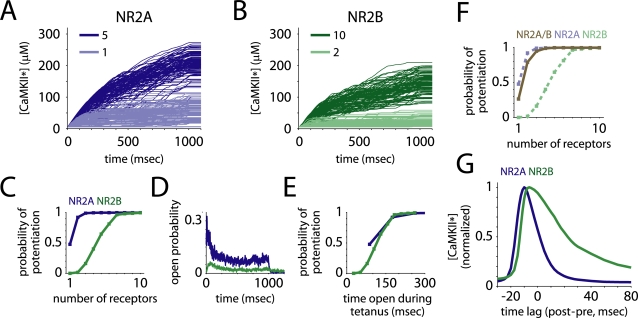Figure 7. Effects of NR2 subtype on long-term potentiation.
The synapse model was coupled to a model of postsynaptic potentiation, where CaMKII phosphorylation is the switch for LTP. (A–C) Sample traces of active CaMKII concentration for synapses with different numbers of each receptor type present (A,B) show that NR2A-containing receptors drove LTP more effectively, per receptor, than did NR2B-containing NMDARs (C). (D) The receptor open probability during the stimulation period was the main determinant of calcium influx. (E) The total time the receptors spent open during the stimulation was a good predictor of the probability a synapse would be potentiated. (F) Long-term potentiation via the triheteromeric receptors was also intermediate between NR2A- and NR2B-containing receptors but more similar to NR2A-containing NMDARs. (G) When glutamate release was paired with brief depolarizations of the postsynaptic cell at different temporal offsets, NR2A-containing receptors showed a much narrower temporal window for potentiation than did NR2B-containing receptors.

